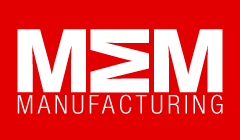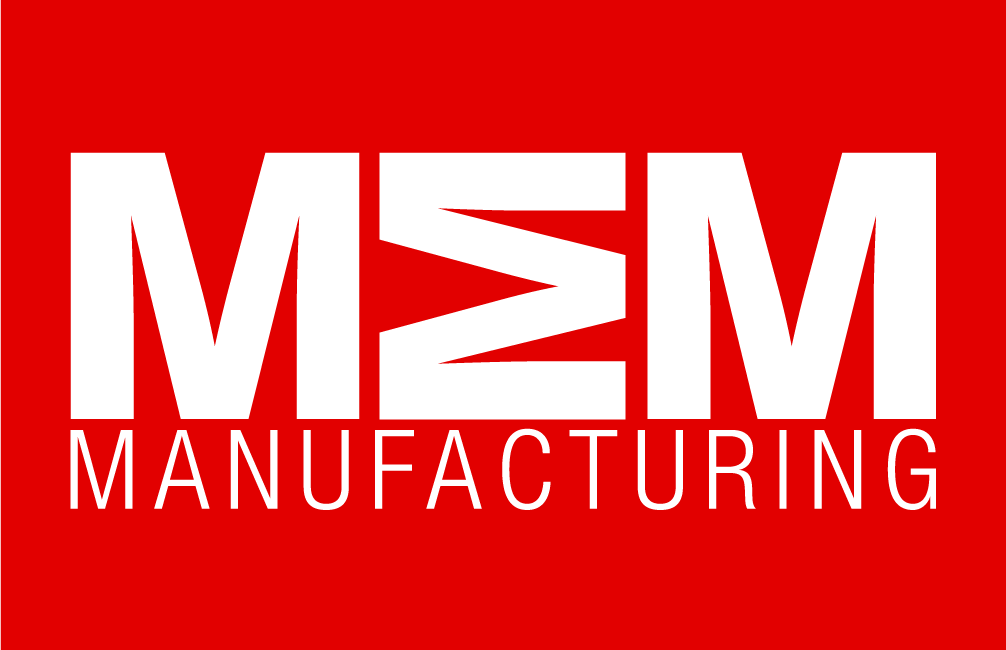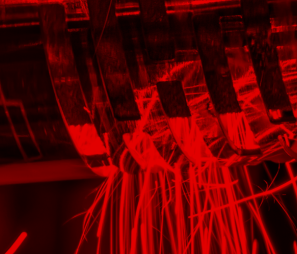Understanding 3D Printing : The demand for upskilling and training to fully optimise advantages of modern technology have never been higher, as Additive Manufacturing continues to excel.
As with any new implementation, the proper skills and understanding surrounding new methods of work are vital to obtain, and maintain, success.
3D Printing is a form of technology that can provide companies who have the proper knowledge, a competitive advantage, inclusive of lower production running times. Expertise in the field of 3D Printing however, seem to be a major factor in letting companies down- as technology further evolves at an unparalleled pace. Meaning new challenges are coming forth as a constant.
Companies are beginning to see the remarkable potential additive manufacturing can have for future innovations. For example a company can achieve easier more complicated designs without the need for lengthy manufacturing times. Reports have explored the idea of 3D printing being used to knit textiles that can form structures for complex architecture with ease and precision, at dramatically lowered time rates than in previous years through less advanced methods.
There are four different modes of 3D Printing, and determining which one is right for your business is an early step in the huge learning curve of advantageous technology.
Stereolithography (SLA): Considered the pioneer of 3D Printing, SLA uses a vat of liquid photopolymer resin cured by a UV laser, which solidifies the resin layer by laser, creating an eventual whole object.
Selective Laser Sintering (SLS): A commonly used and generally well understood mode of 3D Printing, SLS involves the process of tiny particles of ceramic, plastic or glass being fused together by a high powered laser. Heat from the laser creates 3D objects through that fusion.
Fused Deposition Modelling (FDM): This method utilises FDM technology to construct an object layer by later. Heating a thermoplastic material to a semi-liquid state before modelling an object with a support material in a scaffolding like manner.
Multi-Jet modelling (MJM): Starkly similar to the process of an ink jet printer, the MJM mode is arguably the easiest form of 3D Printing for beginners. The process is referred to as thermojet and creates wax like plastic models through dozens of linear nozzles that spray coloured glue-like substances onto a layer of resin powder. Exceptionally detailed projects can come forth that are not possible through processes such as SLA; products through MJM however, as weaker than SLA 3D Prints. An original understanding of the requirements surrounding a product are essential for the 3D Print to reach expectation.
All modes of 3D Printing rely on the printer user to have remarkable ability of CAD, which is the very first advised step in future advancement. The purchasing of a 3D Printer is far from cheap, which means a company should be absolutely certain before committing to the technological change.
No industry works within a vacuum, so an open commitment to additive manufacturing and additive education are essential for overcoming key gaps in skill sets. Already across colleges and universities, implementations of modern specification are ripe, with the next generations of manufacturers already being aware of certain means, including 3D Printing, and how these can dramatically advantage the sector before fully entering into it.
The very first step is to educate yourself on the absolute essentials before diving straight into 3D Printing, but once understood this is a software set to change the way business works forever.
Manufacturing & Engineering Magazine | The Home of Manufacturing Industry News















